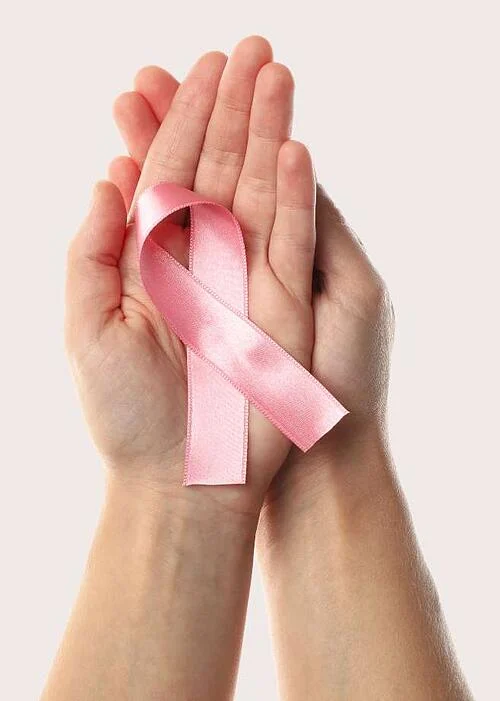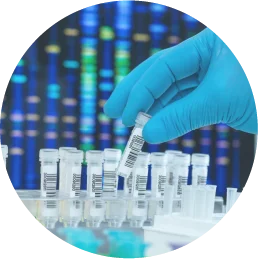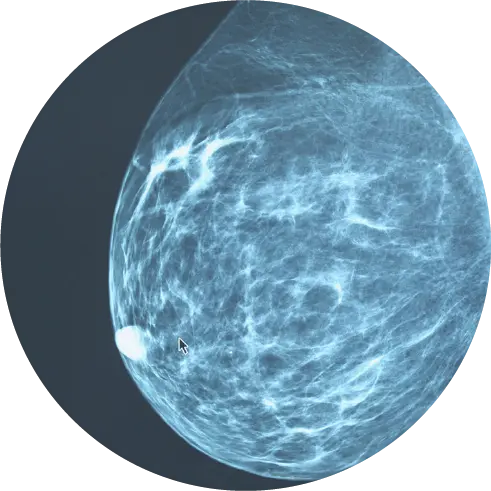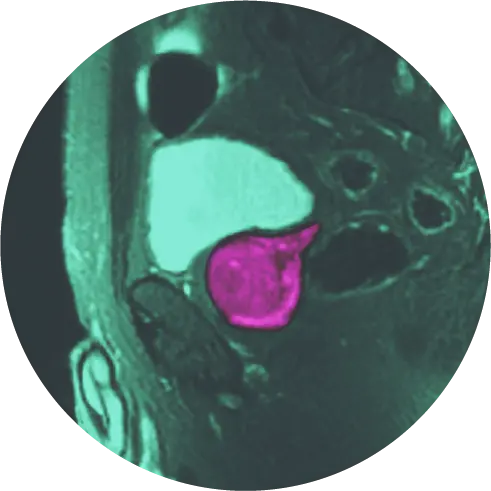Breast Cancer Diagnosis & Biopsy
Breast Ultrasound
Fortunately, for the majority of women mammography confirms that no signs of breast cancer are evident. However, if an abnormality is seen by your radiologist, you will need follow-up tests to check whether or not the finding is breast cancer. One of the follow up tests is called Ultrasound, (or sonogram) which most women associate with determining the sex of a baby during pregnancy. And, much like an abdominal ultrasound, the technologist uses a wand and lubricant to examine the area of the breast. It is completely painless and takes very little time.
An Ultrasound may find a benign breast condition (non-cancerous) or show that breast tissue is normal. Learn more about benign breast conditions. If the test does show a problem, you may need additional work-up.

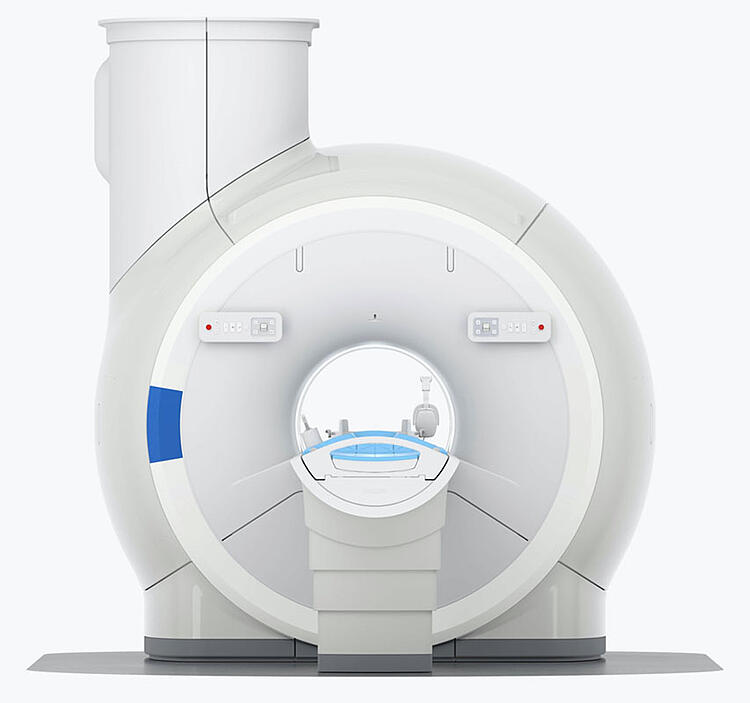
Breast MRI
If you have an abnormal mammogram, the follow-up tests you will have depend on the recommendations of the radiologist. Sometimes, a follow-up mammogram, also called a “diagnostic mammogram”, or breast ultrasound is done. If the finding does not look like breast cancer (for example, it could be a non-cancerous cyst), no further testing is needed and you return to your regular schedule of breast cancer screening. In some cases, additional tests such as a breast MRI may be recommended.
If the finding looks suspicious, the next step is a biopsy to remove some of the tissue to check for cancer.
If the biopsy shows no cancer, you return to your regular schedule of screening with clinical breast exams and mammograms. If the biopsy confirms cancer, there will be a host of options to consider with your doctor, depending on what kind of cancer and what stage it is classified.
Breast Biopsy
If you have an abnormal mammogram, the follow-up tests you will have depend on the recommendations of the radiologist. Sometimes, a follow-up mammogram, also called a “diagnostic mammogram”, or breast ultrasound is done. If the finding does not look like breast cancer (for example, it could be a non-cancerous cyst), no further testing is needed and you return to your regular schedule of breast cancer screening. In some cases, additional tests such as a breast MRI may be recommended.
If the finding looks suspicious, the next step is a biopsy to remove some of the tissue to check for cancer.
If the biopsy shows no cancer, you return to your regular schedule of screening with clinical breast exams and mammograms. If the biopsy confirms cancer, there will be a host of options to consider with your doctor, depending on what kind of cancer and what stage it is classified.
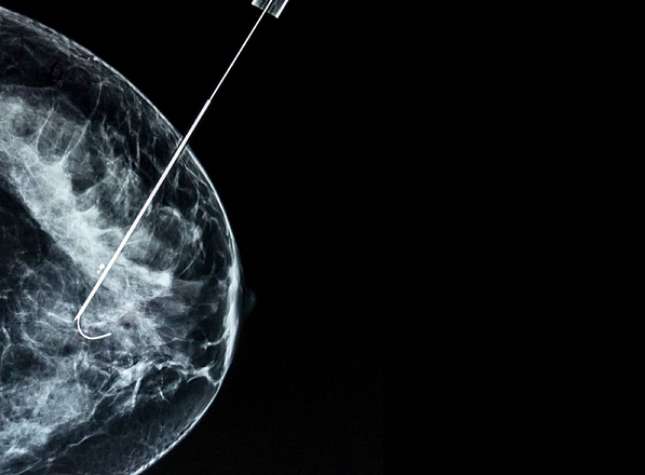
Schedule a Consultation
Submit this form and we will contact you, usually within 24 hours, to answer your questions.
Early Detection
Saves Lives
